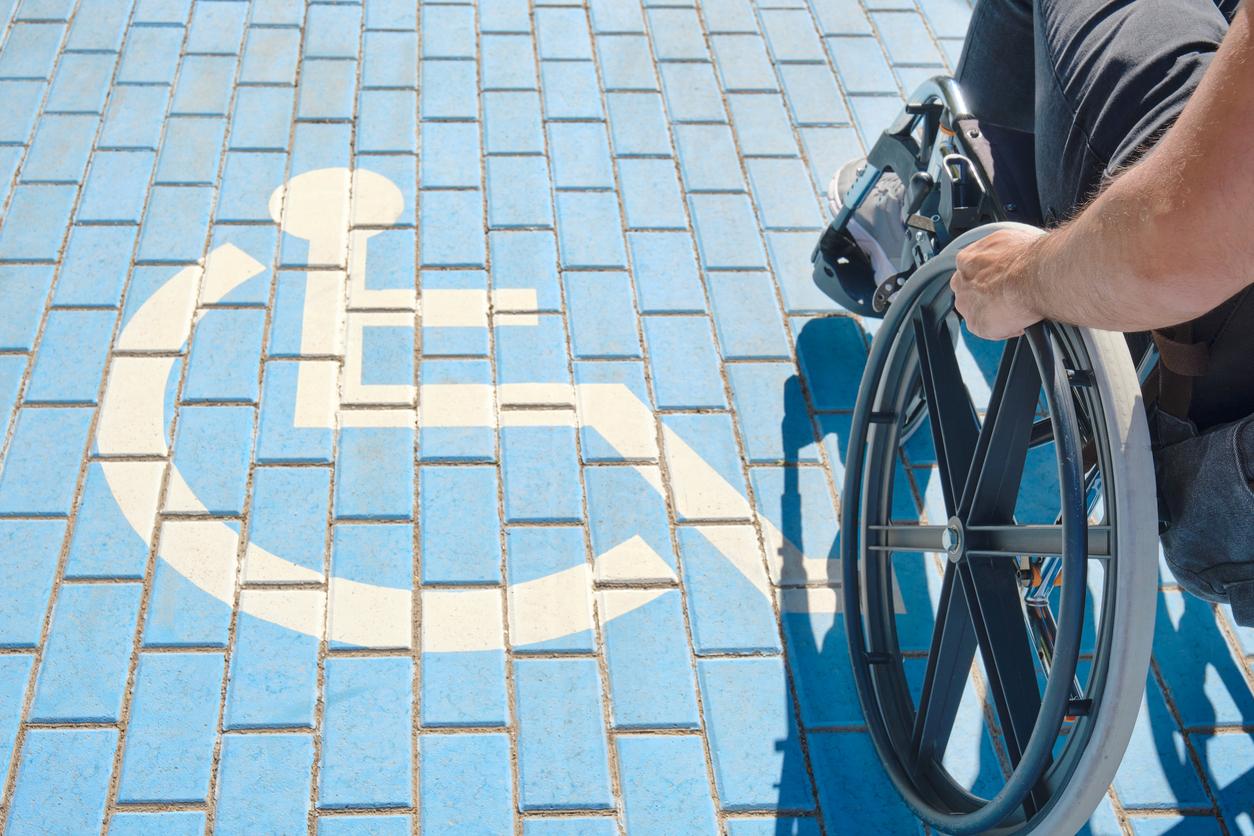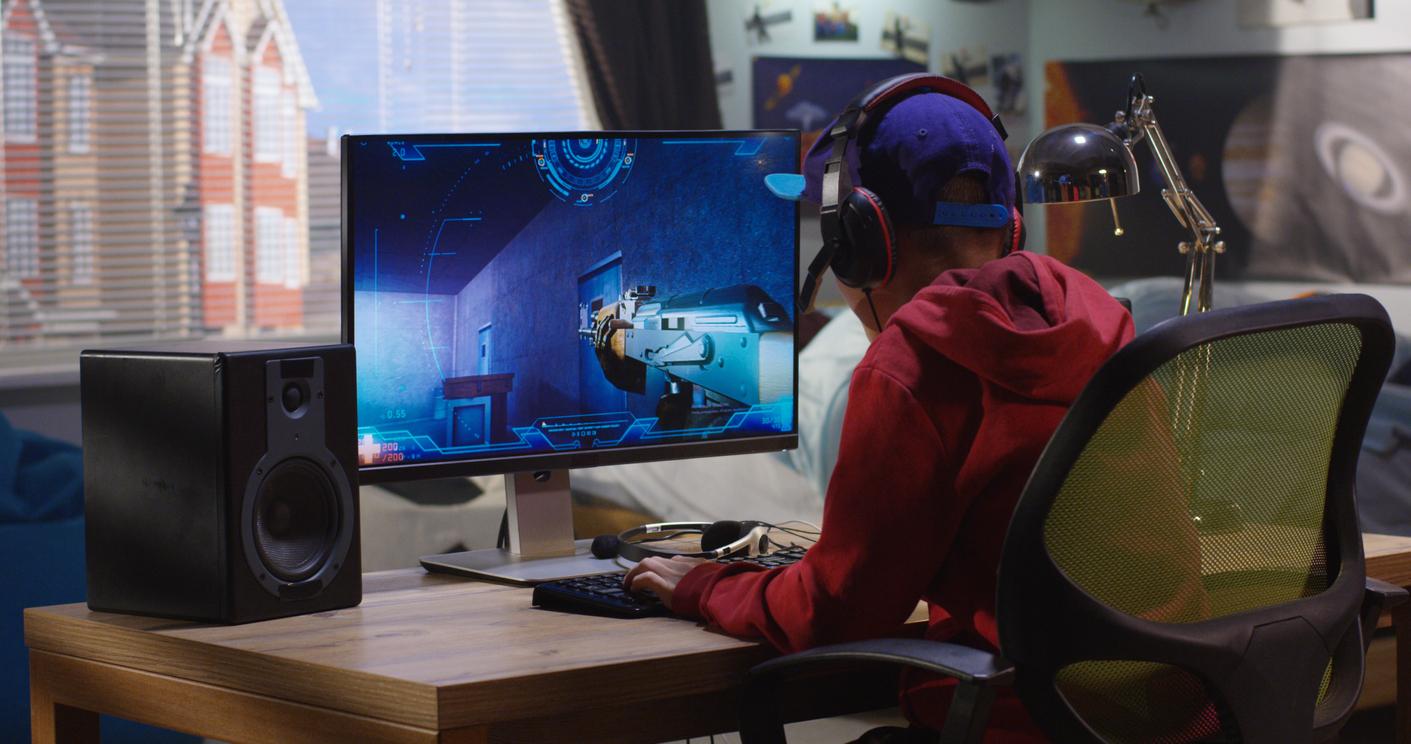Doctor, a risky job? The question arises in light of the latest figures published by the Order of Physicians on incidents suffered by practitioners in 2014.
With 901 cases declared between January 1 and December 31, 2014, the insecurity of doctors remains at a particularly high level, estimates the National Council of the Order of Physicians. The number of reports exceeds by 27% the annual average of the Security Observatory (707), set up in 2003. The results provided each year, produced in collaboration with Ipsos, show protean violence that affects healthcare professionals in their practice.
The level of verbal attacks and threats has decreased compared to the previous year but remains the main source of incidents (in 65% of cases). Then come physical assaults, responsible for one in ten incidents. From physical violence whose level has not changed compared to 2013.
The Observatory reports that the main “reasons” for the incidents concern “the reproach relating to treatment (30% of incidents), but also theft or attempted theft (20%) and the refusal of prescription (14%). ). ” The incidents mainly occur in the city center (six out of ten incidents).
General practitioners on the front line
Who are most affected by this violence? General practitioners suffer the most incidents: they represent 61% of physicians attacked in 2014. The specialists most victims of this insecurity are in order the ophthalmologists (7% of incidents), dermatologists (4%) then gynecologists and obstetricians (3%).
These incidents are increasingly followed by the filing of complaints. These increased by 3% in 2014.
>> To read also: Blue coats against violence in the hospital
Violence in hospitals: self-defense courses for hospital staff

















